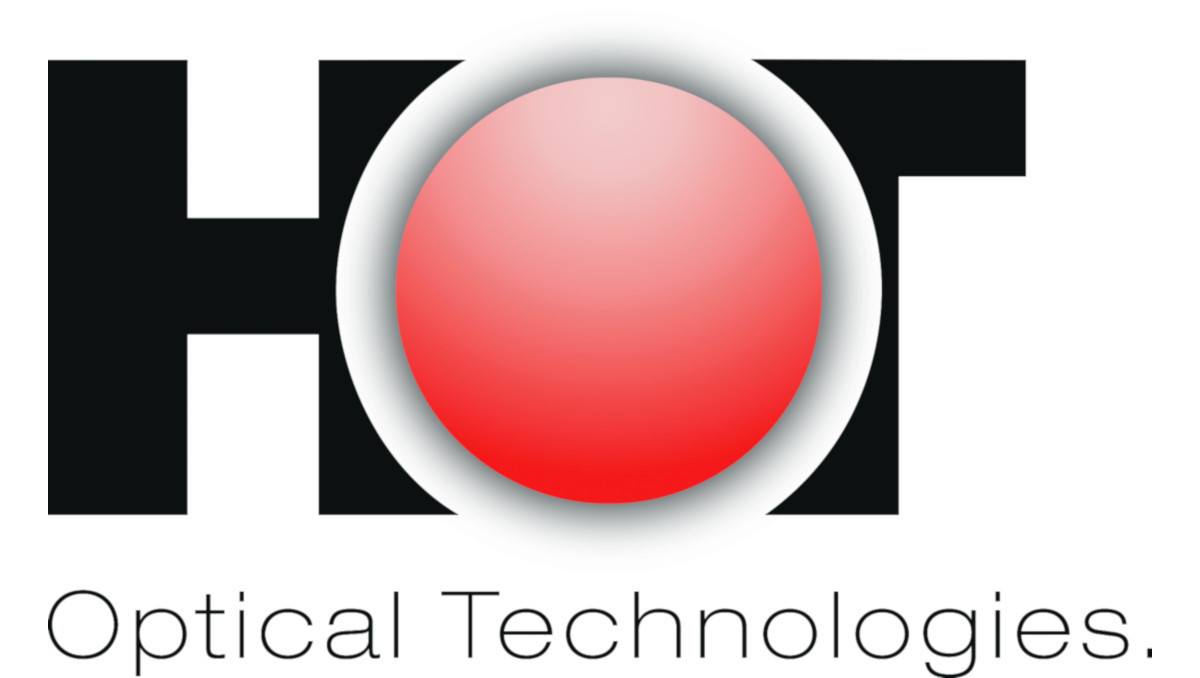Simulations in Nanophotonics
- verfasst von
- Antonino Calà Lesina, Joshua Baxter, Pierre Berini, Lora Ramunno
- Abstract
Numerical simulations of nanophotonics systems provide insight into their physical behaviour and design that provide a critical complement to experimental investigations. The finite-difference time-domain (FDTD) method is the most widely used, with its success due to its relative simplicity coupled with its broad applicability to many complex material systems, arbitrary shape configurations, time-domain visualization and, with increased computing resources, its near linear scalability for parallel computing. The series of three lectures presented at the Quantum Nano-Photonics summer school (Erice, Italy, 2017) began with a pedagogical introduction of the fundamentals of the Yee FDTD algorithm, such as discretization of Maxwell’s equations, numerical dispersion and stability criteria. Following this was a description of other necessary FDTD ingredients, such as boundary conditions, sources of excitations and material models. To demonstrate how to apply this knowledge to run an actual simulation, the lectures had an active component, wherein students received temporary access to commercial FDTD software, and a simple problem (scattering from a gold nanosphere) was simulated together in lecture. Finally, the state of art was reviewed for applications in nanophotonics, including, for example, modelling nonlinear optical processes, tightly focused sources, plasmonic metasurfaces, nonlocality, as well as some demonstrations of such applications. The role of high performance computing was also discussed [1]. Finally, the limitations of the method were described and complementary computational methods were briefly introduced to overcome some of these limitations. We present in this article a summary of some of the topics presented during the lectures.
- Externe Organisation(en)
-
University of Ottawa
- Typ
- Beitrag in Buch/Sammelwerk
- Seiten
- 117-131
- Anzahl der Seiten
- 15
- Publikationsdatum
- 20.09.2018
- Publikationsstatus
- Veröffentlicht
- Peer-reviewed
- Ja
- ASJC Scopus Sachgebiete
- Biotechnologie, Biophysik, Physik und Astronomie (insg.), Elektrotechnik und Elektronik
- Elektronische Version(en)
-
https://doi.org/10.1007/978-94-024-1544-5_6 (Zugang:
Geschlossen)
